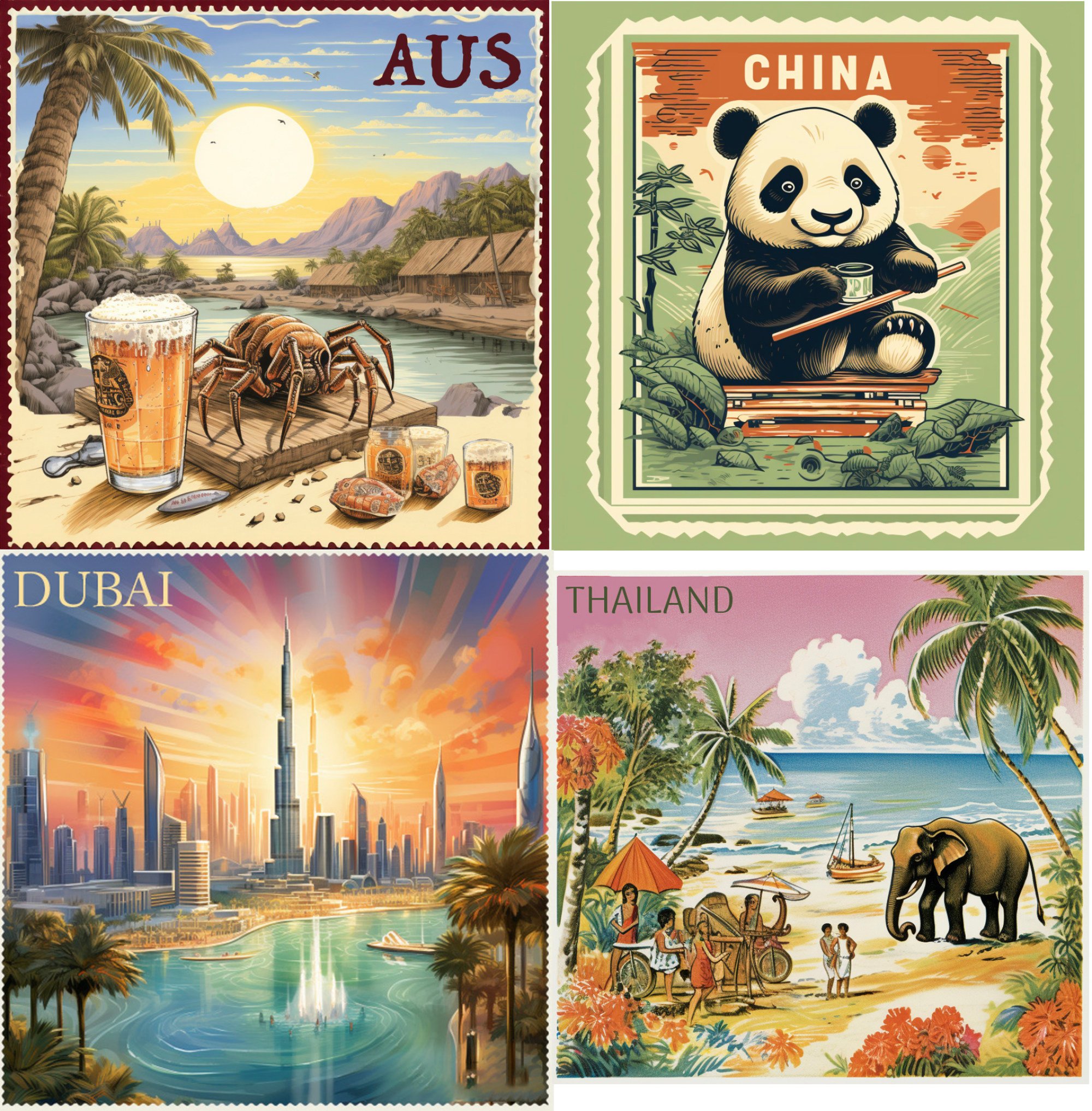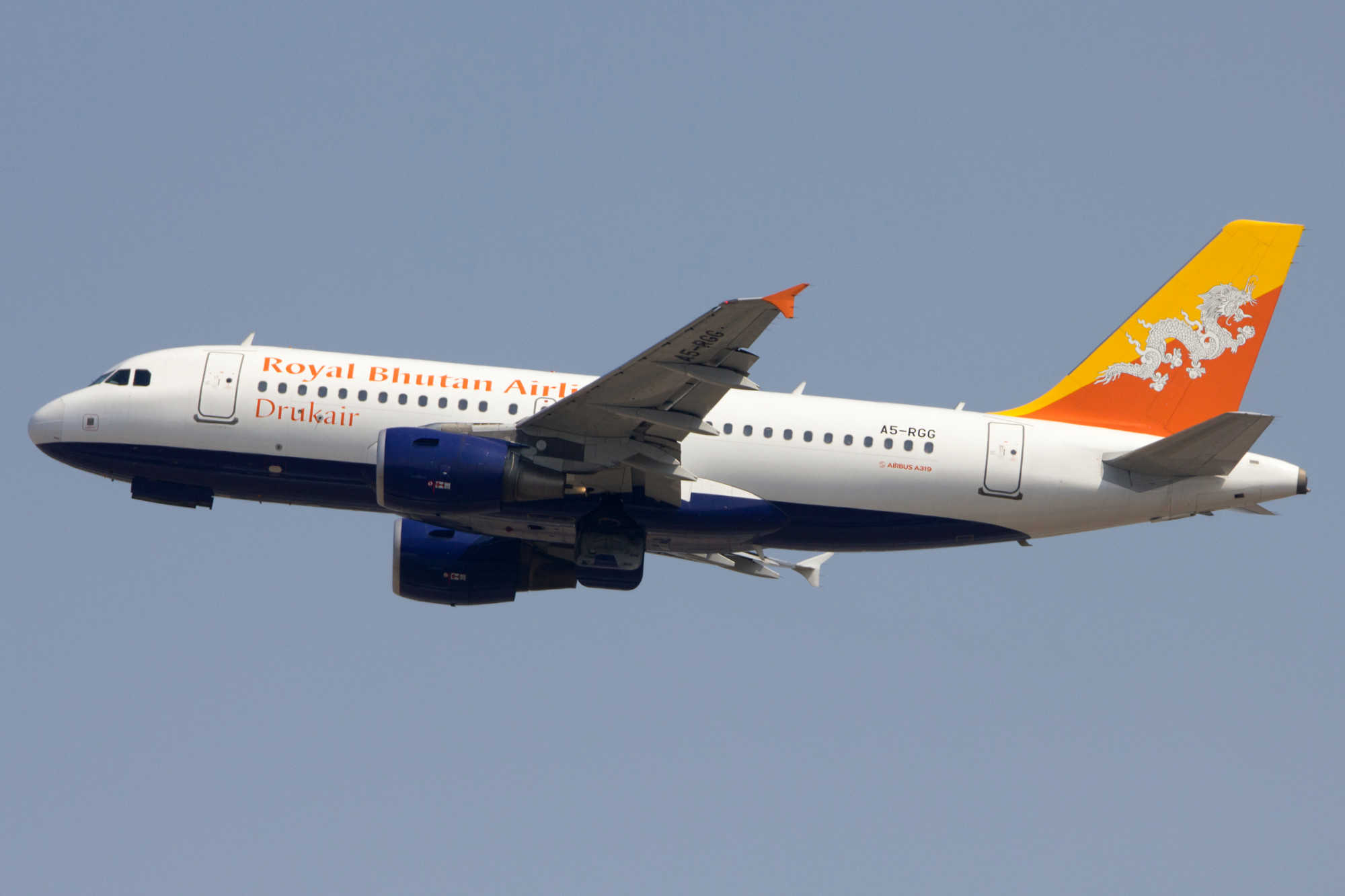
Not your usual Seoul travel guide – YouTube videos made by Dutchman ‘bored with Korea’ aim to document all the city’s 467 neighbourhoods
- Bart van Genugten has set out to explore every neighbourhood of the South Korean capital within four to six years, publishing the videos on his YouTube channel
- His warts-and-all approach is not typical tourist material but holds a certain charm and he often takes locals or experts familiar with each neighbourhood along
Minds out of the gutter, please, because the suggestively titled “Welcome to My Dong” series of videos is to be found on YouTube, not Pornhub, and the exhibitionist responsible, Bart van Genugten, reveals only enough of himself to present an exhaustive look at Seoul.
The Dutchman has set out to explore and document all 467 neighbourhoods – known as dong – of the South Korean capital, and has given himself four to six years to do so, he has told The Korea Times.
The videos and shorts he produces during his quest can be found on the YouTube channel iGoBart, which has almost 200,000 subscribers.
“[What] I have discovered, being 50 neighbourhoods into the project, is that every dong has something interesting, no matter how small, they all have something worthy of a visit, and I want to show this to the world,” he tells the Korean newspaper.
“Seoul is more than only the famous landmarks and has so much more to offer if you’re curious.”

In the 14-minute video, he skips past the gleaming tower blocks that would look at home in any modern metropolis in search of Pimatgol (“avoid-horse-back alley”), a lane that runs parallel to Jongno that was once preferred by those who wanted to keep their distance from the wealthy on horseback using the main street.
Take a break from Seoul shopping to enjoy an oasis of peace and tranquillity
It takes him a while but eventually he finds what’s left of Pimatgol: a hemmed-in narrow pathway of exposed wires, the backs of air conditioners and obscene graffiti.
It’s not typical tourist material, but his warts-and-all approach holds a certain charm for the inner urban explorer in viewers.
Van Genugten often takes locals or experts familiar with the dong along to provide insight.
“Some neighbourhoods are so unknown, even to the Korean internet, that I have only one option: to invite a guide who knows the ins and outs,” the deep-diving Dutchman tells The Korea Times.

Here, among the red-brick buildings that house old factories and new coffee shops, he visits a small brewery producing makgeolli rice wine that relocated because the CEO “liked the vibe” of Seongsu.
In the episode devoted to upmarket Yeonhui-dong, Matthew Douma, the father of K-pop superstar Jeon Somi and himself a smoker of Norwegian salmon, explains that Seoul’s many artisan producers tend to be Koreans who have returned from overseas to introduce new ideas to their capital city.
How Seongsu-dong became Seoul’s hippest neighbourhood – and at what cost
It is in the probing beneath the surface of the neighbourhoods and their resident businesses that the “Welcome to My Dong” series comes into its own.
With hundreds still to visit – and the main dongs already covered – we hope Van Genugten’s passion doesn’t wane before he’s finished.
After all, the introductory video to the series is titled, “I Got Bored with Korea”, in which our host – who has lived in the country for six years, speaks the language and is married to a Korean – explains that he has taken a microscope to the capital because he has already seen enough of the rest of the nation.
Travel insurance company uses AI to spark postcard revival
Destinations Known was astounded to receive a handwritten postcard a couple of weeks ago. It would have been even more wonderful if it had been from a personal friend – but we’d like to thank the management of the soon-to-open Mondrian Hong Kong hotel all the same, for reminding us of one of the small pleasures of yesteryear.
Also keen to remind us of the lost art of popping a rectangular photograph into a postbox is travel insurance company InsureandGo, which claims, “New research has shown that over 40 per cent of people would still like to receive a postcard from friends or family who are on holiday, and surprisingly, millennials are the generation that wants to receive a postcard the most.”
Sensing an opportunity to appeal to its target market, InsureandGo is promoting a revival in postcard-sending and has used AI to create “a collection of charming, beautiful and sometimes amusing stamps that sum up travellers’ thoughts and perceptions about 20 countries”, including China, Thailand and Australia.

Designs were created by asking 1,500 travellers for their impressions then feeding those into the AI image generator Midjourney. The results, claims the insurer, “are a fascinating insight into how countries are perceived around the world”.
The stamps are not actually usable, of course, and their designs look a bit too stereotypical for our liking, but they are nice enough philatelic novelties if you like that sort of thing.
New flight route connects Bhutan, Singapore and Palau

We can’t imagine the demand is especially pressing, but flying between Palau and Bhutan is about to get much easier.
“Alii Palau Airlines and Changi Airport Group [have] announced a new route directly connecting Singapore to Koror, Palau, which will be operated by Royal Bhutan Airlines (Drukair) – the national carrier of the Royal Government of Bhutan,” read a recent press release.
“This service, to commence on 23 November 2023, will connect three destinations – Bhutan, Singapore and Palau – and is testament to the cooperation between nations.”

